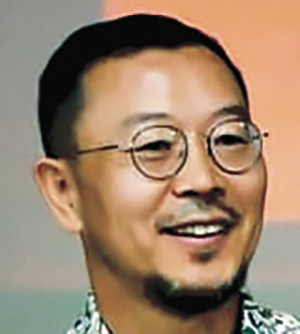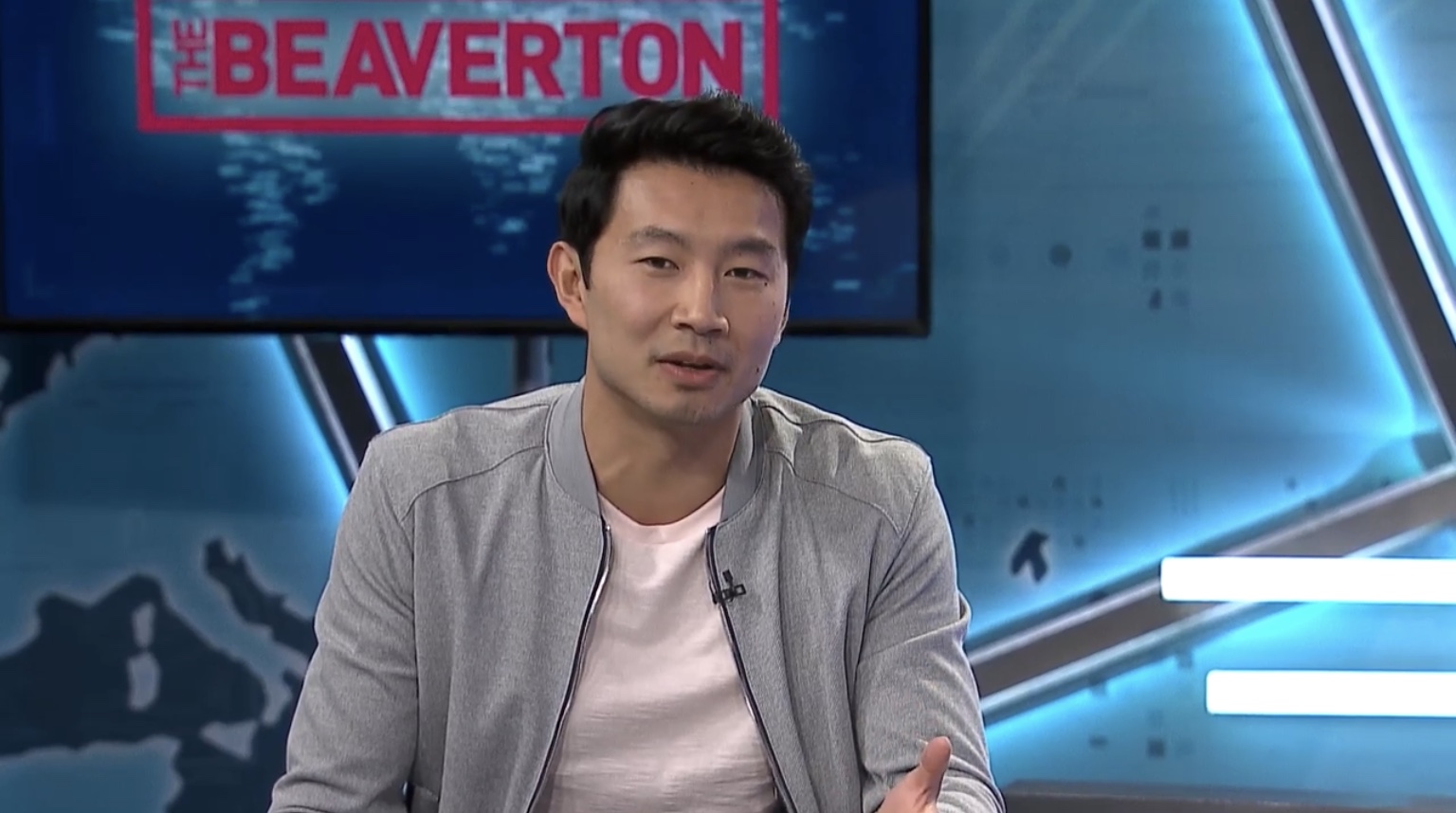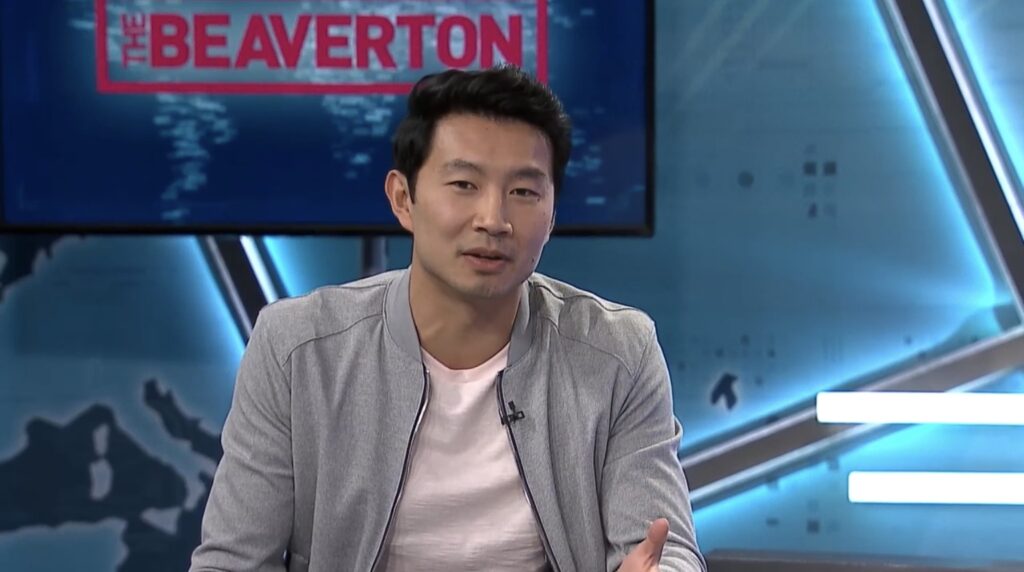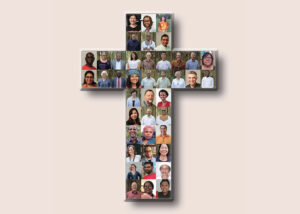“I refuse to be your model minority,” Simu Liu tweeted.
Liu played Jung Kim on the award-winning Canadian sitcom, Kim’s Convenience. This drama portrays a Korean immigrant family’s life in Canada. Liu’s character is the estranged eldest son of the Kim family.
Born in China and having immigrated to Ontario at the age of five, Liu began his career as an extra and worked his way up to Kim’s Convenience and then to being the first Asian superhero in a Marvel movie.
In addition to acting, Liu has become a strong player in the fight against the disparity of Asian representation in the western film industry, specifically in relation to Kim’s Convenience. Although the show itself was lauded for its Asian representation on screen, the production process shut out creative input from the Asian Canadian cast. Liu openly criticized the show, creating a significant stir.
By so doing, he broke with the “model minority” role.
I can relate. I was a model minority in the Mennonite church. My church life was always my No. 1 priority. Whenever I was asked to volunteer for the church, I never turned it down (Asian diligence); nor did I belittle the responsibilities endowed to me by the church (Asian loyalty); nor did I forget to bow to the elders (Asian seniority); nor did I confound my congregation with unfiltered announcements or interruptions (Asian conformity). I regularly visited my mentor’s place, listening to his stories and advice (Asian filial piety).
I even sent my two daughters to the Mennonite educational institutions (until college) with a sheer hope that they would be like me as an entrusted model minority in the Mennonite world (Asian patriarchy). Unfortunately, this missed the mark. They suffered in the schools and turned from the Mennonite church.
Despite my efforts to contribute to the Mennonite church in the past 19 years, my keen “bamboo ceiling” realization came after I experienced that there was an invisible barrier to my voice being heard and to me being accepted into the decision-making group in the Mennonite church.
In her book Warrior Women, Phoebe Eng writes: “Model minority myths support the belief that the racism ethnic groups complain about is the product of their own shortcomings.” Are the difficulties I have experienced in church primarily my fault?
The term “model minority” was introduced to American society by William Peterson in 1966. He described the success of Japanese Americans despite American people’s discrimination and other stereotypes. In his account of the reasons for the success of Japanese Americans, Peterson highlighted their cultural values such as diligence, solidarity, frugality and unobstructive achievement orientation. His rationale was well received in the media and succeeded in finally rendering credence to the whole Asian American community.
However, the result of this popularized myth was terrible; this seemingly “good” stereotyping worked against other racial minorities. People would say to other minorities, “If Asians can do it, why can’t you?” They became the over-simplified standard of a model minority which was used against other minorities, especially Blacks. It also failed to consider the segregated and impoverished reality of many Asian immigrants.
The model minority dynamic exists in the Mennonite church. In some ways, the Mennonite church is ideal soil in which the spirit of the model minority can germinate. Mennonites tend to value non-resistance, peace and unity. In other words, “Don’t rock the boat.” In this environment of passiveness and shushing, who would refuse the gifts of diligence, loyalty, conformity, apolitical mindset and evangelical fervour that the model minority groups bring?
The intercultural church must avoid the harmful ideology that equal opportunities are available for all minority newcomers if only they work hard and do so in compliance with traditions, values and styles that old-comers (whites) have solidly built. This belief that newcomers must fit into existing ways is none other than a colonized, lopsided missiology that justifies the unequal relationship of a host (first) and a guest (last).
The intercultural church sternly asks for level ground, the same starting point for all, without power imbalance running wild and without any requirement that newcomers be docile model minorities.
Rather, it should be a place where the different and disharmonious thrash it out one anotherly, sometimes making unsettling noises for the cherishing of each individual’s unique identity. That’s the church, intercultural church, hard and messy now, but eschatologically fulfilling!
Joon Park is intentional interim co-pastor of Holyrood Mennonite Church in Edmonton.
Read more Riding the Waves of Intercultural Church columns:
Forever hybrid
One-anotherness in Christ









Leave a Reply
You must be logged in to post a comment.